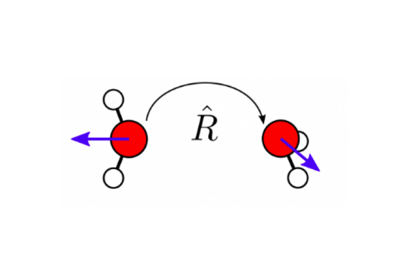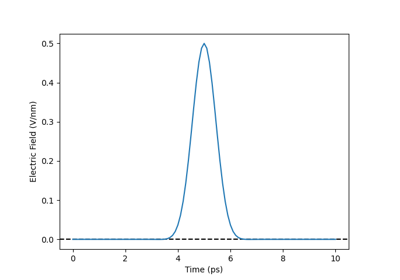Analysis and post-processing¶
This section contains recipes that analyze the output of a simulation, for post-processing, diagnostics or visualization purposes.
PCA/PCovR Visualization of a training dataset for a potential

Local Prediction Rigidity analysis

Generalized Convex Hull construction for the polymorphs of ROY

Rotating equivariants

Water orientation in a pulsed electric field
